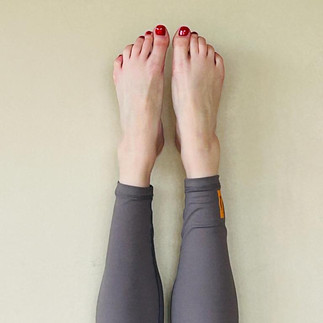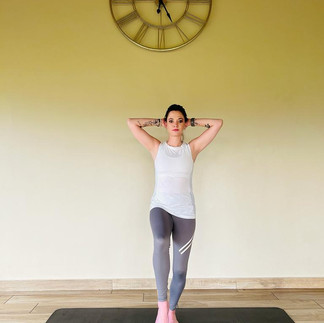The ankle-foot complex is a remarkable structure that plays a crucial role in movement and stability. As a Pilates instructor, understanding the complexities of this area is essential for guiding clients towards optimal alignment and function. The ankle-foot complex consists of the ankle joint, the foot bones, and the intricate network of muscles, tendons, and ligaments that support and control its movements.
One of the primary functions of the ankle-foot complex is to provide stability and support during weight-bearing activities. It acts as a shock absorber, adapting to various terrains and absorbing the impact forces generated by movement. In Pilates, where precision and control are key, a balanced ankle-foot complex is fundamental for maintaining proper alignment and executing movements with efficiency and grace.
The ankle joint itself is a hinge joint formed by the tibia, fibula, and talus bones. Its primary movements include dorsiflexion (flexing the foot towards the shin) and plantarflexion (pointing the foot away from the shin). These movements are influenced by the muscles that cross the ankle joint, such as the calf muscles (gastrocnemius and soleus), tibialis anterior, peroneals, and various smaller intrinsic foot muscles.
The role of the calf muscles cannot be understated when discussing the complexities of the ankle-foot complex. The gastrocnemius and soleus muscles, collectively known as the triceps surae, not only provide powerful propulsion during walking and running but also play a significant role in maintaining stability and controlling movements in Pilates exercises. Understanding how to effectively engage and release these muscles can enhance balance, alignment, and overall performance.
In addition to the muscles, the ankle-foot complex relies on a complex system of tendons and ligaments. Tendons connect muscles to bones and transmit forces generated during movement, while ligaments provide stability by connecting bones together. In Pilates, these structures are challenged and strengthened through exercises that involve controlled articulation of the feet, such as pointing, flexing, and circling.
Proper alignment of the ankle-foot complex is crucial for optimising movement patterns and preventing injuries. Deviations from optimal alignment, such as overpronation (excessive inward rolling of the foot) or supination (excessive outward rolling), can lead to imbalances throughout the kinetic chain and negatively affect overall movement quality. Pilates exercises focusing on footwork, such as toe taps, arch lifts, and footwork on various apparatus, can help strengthen the intrinsic foot muscles, improve alignment, and restore balance to the ankle-foot complex.
The ankle-foot complex presents a multitude of complexities that are of utmost importance. Understanding the anatomy, function, and potential dysfunctions of this area enables instructors to design targeted exercises and provide specific cues to optimise alignment, stability, and control. By fostering a balanced ankle-foot complex, we can experience improved movement quality, enhanced body awareness, and a solid foundation for overall physical well-being
As an Enerchi Fitness Pilates Instructor we put our best foot forwards and we take care in observing and analysing your ankle-foot complex closely. Assessing your alignment, mobility, and stability in this area will allow us to tailor exercises and cue to meet your specific needs. By promoting proper alignment, encouraging awareness of the ankle-foot complex, and prescribing exercises that address its intricacies, we can help you improve your overall movement efficiency, enhance your performance, and reduce the risk of injuries.
Written by: Rebecca Clare Maddox

































Comentários